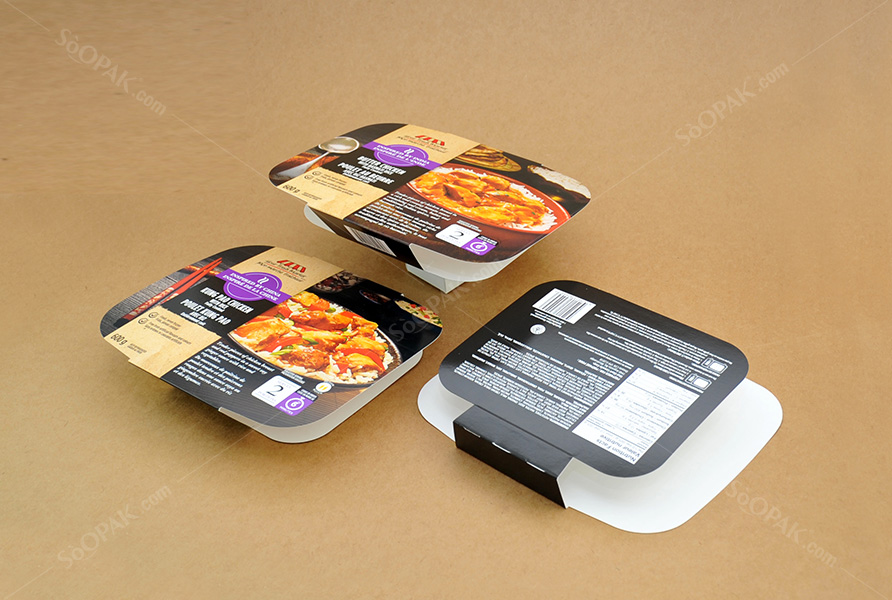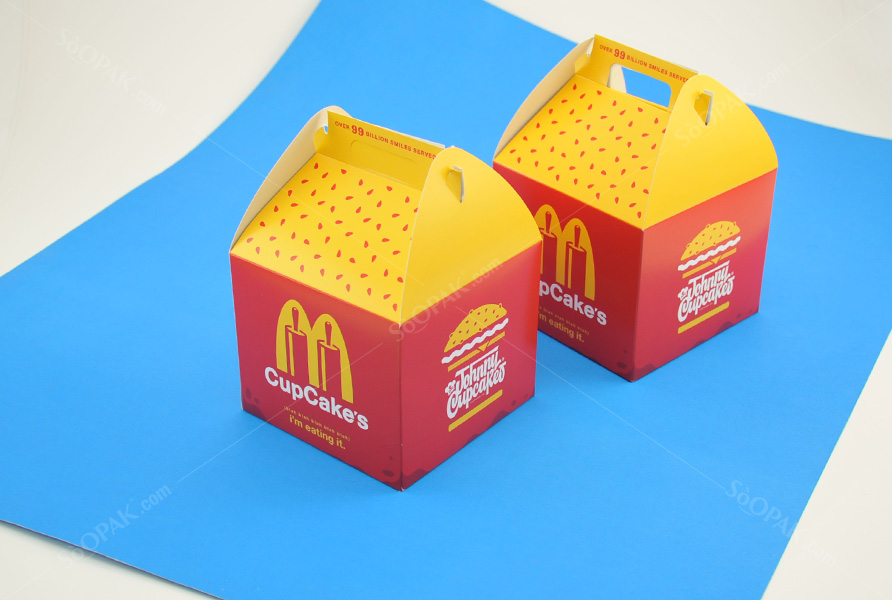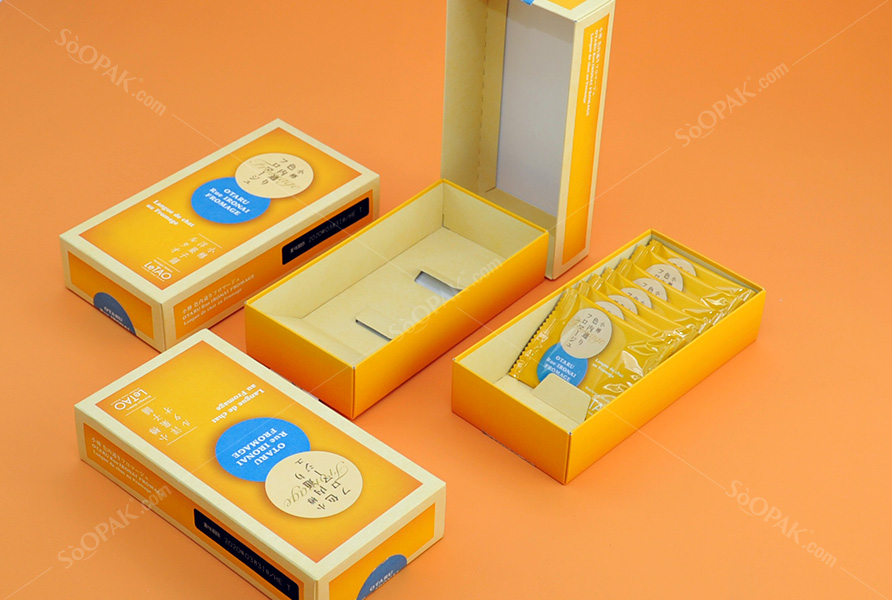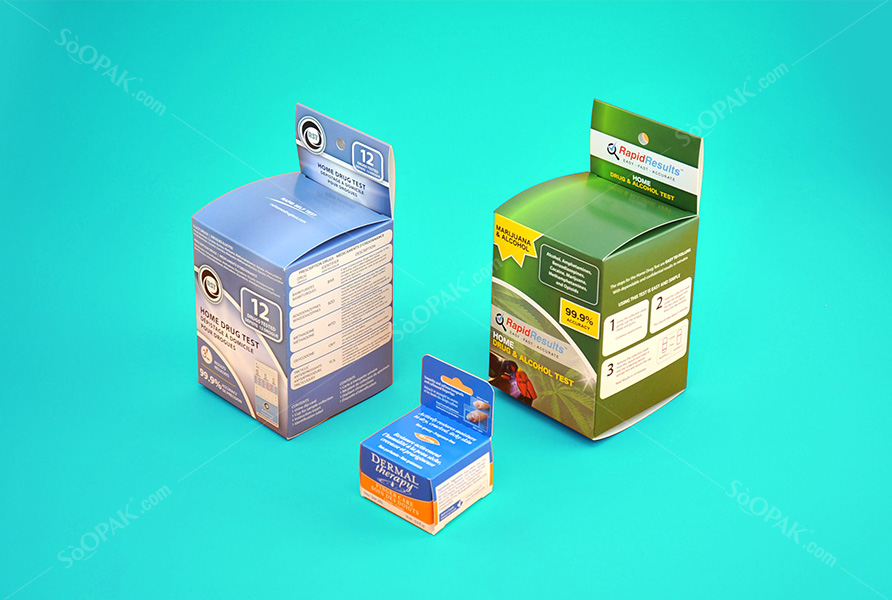Due to the high standards associated with pharmaceuticals, pharma companies should be sure to keep a few unique packaging concerns in mind. These concerns are in addition to the standard packaging matters that any company should have. These are appealing to their audience, offering sturdiness, including branding, and protecting the product. As you design your pharmaceutical packaging, be sure to keep these additional concerns in mind.
Updates to ISO Standards
As of May 2020, the EU Medical Device Regulation will go into effect. Pharmaceutical companies should already be nearly prepared for this new regulation thanks to the updates to
ISO TS 16776 and ISO 11607 that occurred last year. Both of those updates relate to packaging for terminally sterilized medical devices. They will help get pharmaceutical companies in line with the upcoming regulation changes.
Some of those updates should already have been in effect for months. They include a design to allow for safe and easy handling that prevents microbial contamination and required usability evaluation for the aseptic presentation.
The Opioid Crisis
The opioid crisis has also had a significant impact on the pharmaceutical industry, hurting its reputation somewhat. It also encouraged pharma companies to create more secure packaging that discourages abuse, theft, and misuse.
One of the impacts of this was the change to smaller packages of opioid medications and others that have the potential for abuse. For example, if your pharma company sells opioids in blister packs, you would create various packaging designs that contain only the ideal dosage for a specific condition.
One of the innovations in this way was a blister pack that is child-resistant, child-friendly, and recloseable with a calendar format, so it becomes evident if a dose is removed. Another is the creation of a single-dose applicator for high-strength opioid painkillers.
The common factor here is that pharmaceutical companies that sell controlled or addictive substances need to be innovative in how they package their products. The packaging should remain easy to use for the actual patient. It should also make it clear if theft occurs or otherwise prevent theft via some technology.
Digital Health Care
As a pharma company, you must also think about how your product packaging works with the rise in digital health care. Some of this comes from the incorporation of smartphone-friendly features on product packaging, such as QR codes that let patients access additional information.
You must also consider how telemedicine or telehealth that allows for remote doctor visits impact the packaging of your products. This is particularly relevant in the case of products that were used by medical professionals. Still, now patients must use due to telehealth, leading to changes in packaging such as ease of use or more precise instructions on the package.
The Regular Concerns Also Apply
As mentioned, pharma companies still need to keep the typical product packaging concerns in mind, as businesses in any other industry would. In other words, you still need to think about creating product packaging that conveys your brand correctly. It should also appeal to clients and show what your product is.




